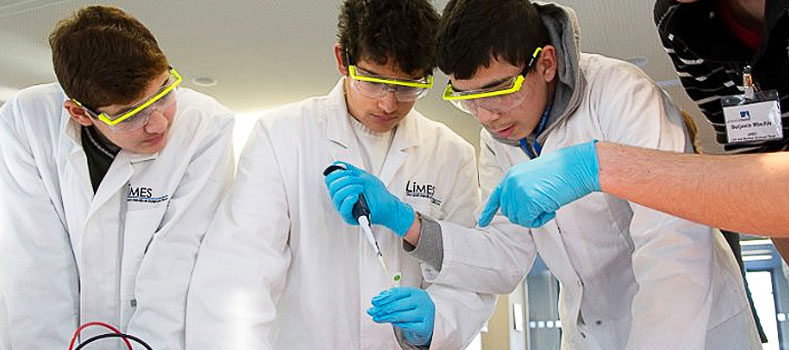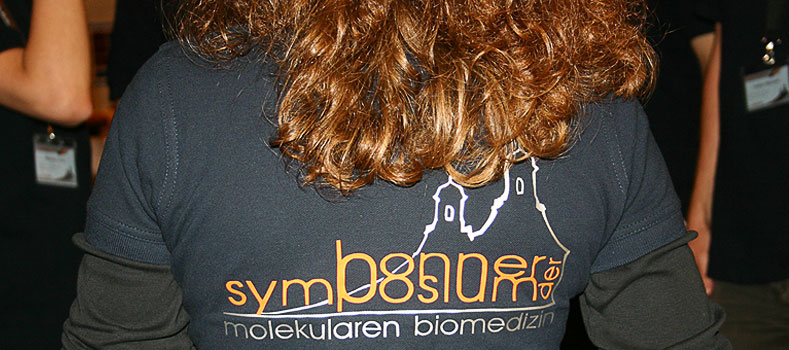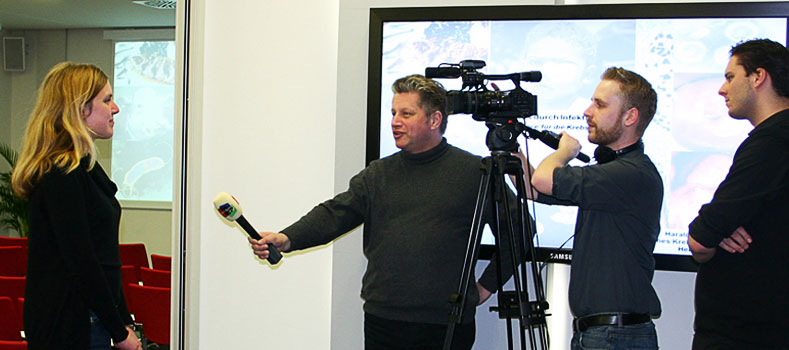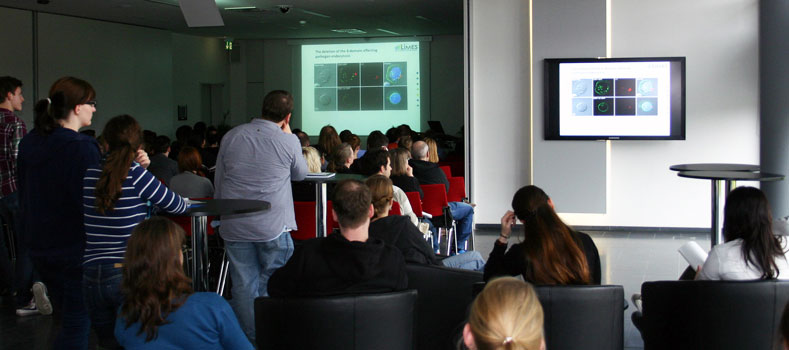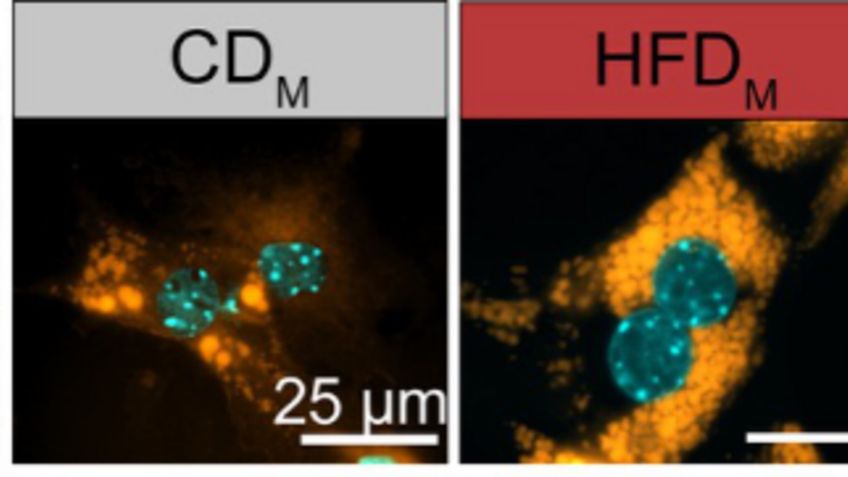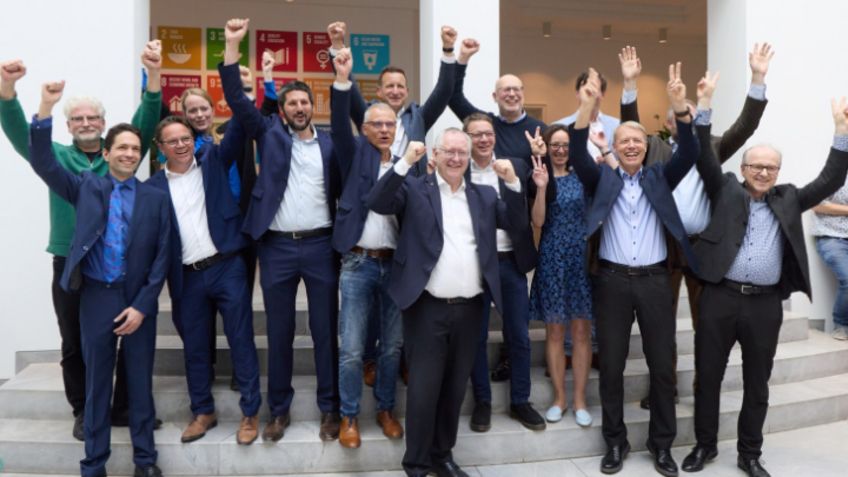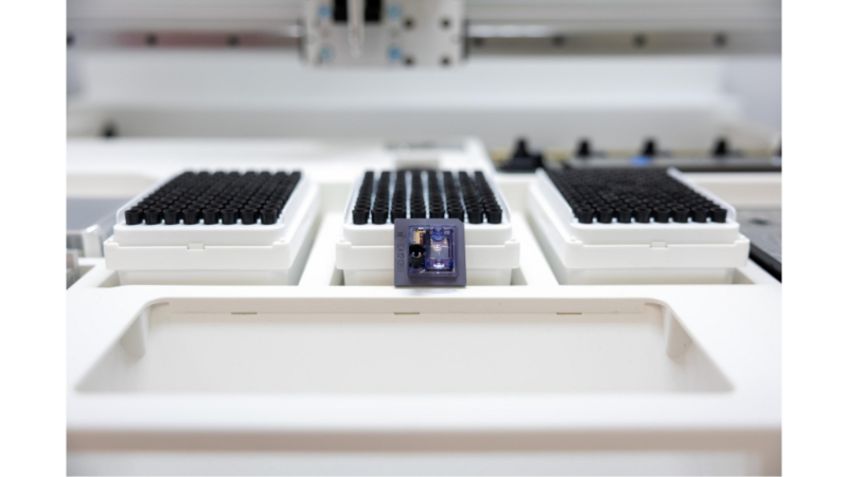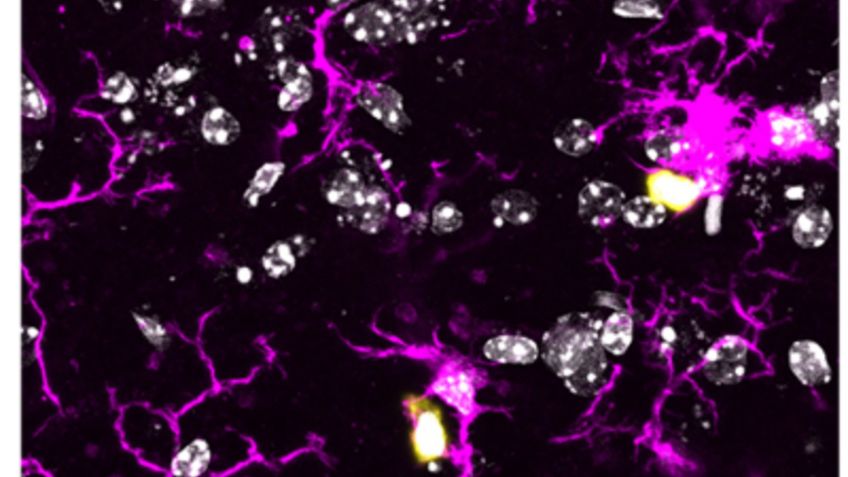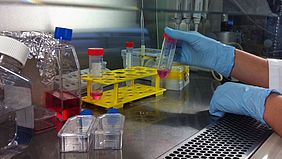According to a current study, four times more people in Munich were infected with the corona virus than were recorded by June. This is the result of a large-scale antibody study by the Tropical Institute at the Ludwig Maximilians University Hospital (LMU) in Munich. A large part of the statistical analysis was carried out by AG Hasenauer from the LIMES Institute at the University of Bonn. Around 3,000 Munich households were selected as representative, but random, for the study. Blood samples were taken from those living there - provided they agreed and were older than 14 years. A test group of 5313 participants came together.
The study is representative of Munich and can at least give an impression of how the virus could have spread in other major German cities. The most important results at a glance:
- According to the analysis, around two percent of people in Munich had been infected with the corona virus by June - significantly more than known. Officially, the proportion of reported cases was only 0.4 percent of the Munich population. This means that only about one in four cases was recorded accordingly.
- Despite the high number of unreported cases, the study also shows that so far only a fraction of Munich residents have been infected. At two percent, Bavaria's capital - like the rest of Germany - is still a long way from herd immunity at which the pandemic would subside on its own.
- Based on the data collected, the researchers estimate the infection mortality for Munich at 0.76 percent. This means that on average 76 out of 10,000 people who are infected with the virus die. The value is many times higher than that of the seasonal flu. The estimated infection mortality for the flu varies between 0.02 and 0.08 percent.
Overall results of the first survey phase of the prospective COVID-19 cohort Munich (KoCo19)
A summary of the epidemiological results of the initial study and a summary of the laboratory methodology used for the initial study are now available. The texts are a description of the epidemiological results and the laboratory measurement techniques used by the Prospective COVID-19 Cohort Munich (KoCo19). This should explain the most important findings in an understandable way for everyone. Sometimes it is simplified and unnecessarily complicated details are omitted in order to make the context easier to understand. For further details we refer to the parallel scientific publications (in English), which will appear soon (probably in November).
Download:
Summary of the epidemiological results of the initial study
Summary of the laboratory methodology for the initial examinations
KoCo19 team:
Prof. Dr. Michael Hölscher, Prof. Dr. Katja Radon, Prof. Dr. Christiane Fuchs, Prof. Dr. Jan Hasenauer und PD Dr. Andreas Wieser
Abteilung für Infektions- und Tropenmedizin, Center for International Health, Arbeits-, Sozial- und Umweltmedizin, Klinikum der LMU München; Helmholtz Zentrum München-Deutsches Zentrum für Gesundheit und Umwelt; Technische Universität München, Universität Bielefeld, Universität Bonn





